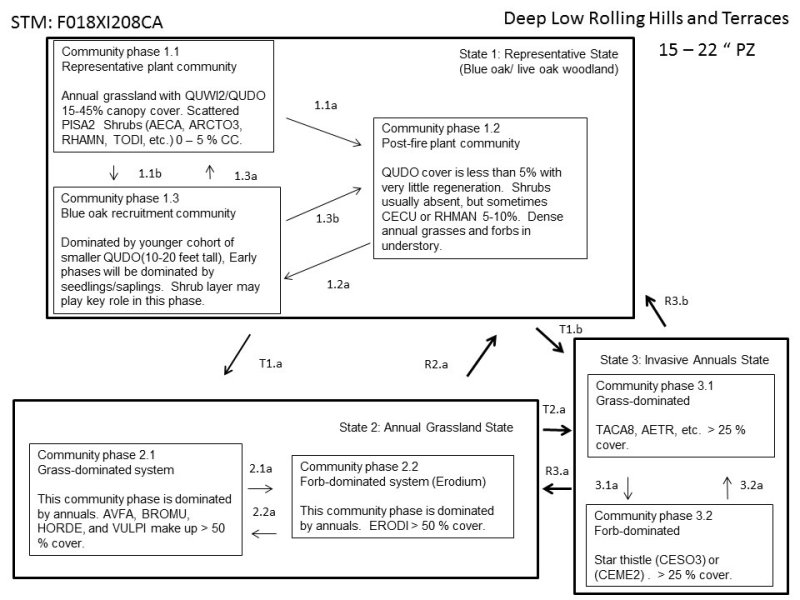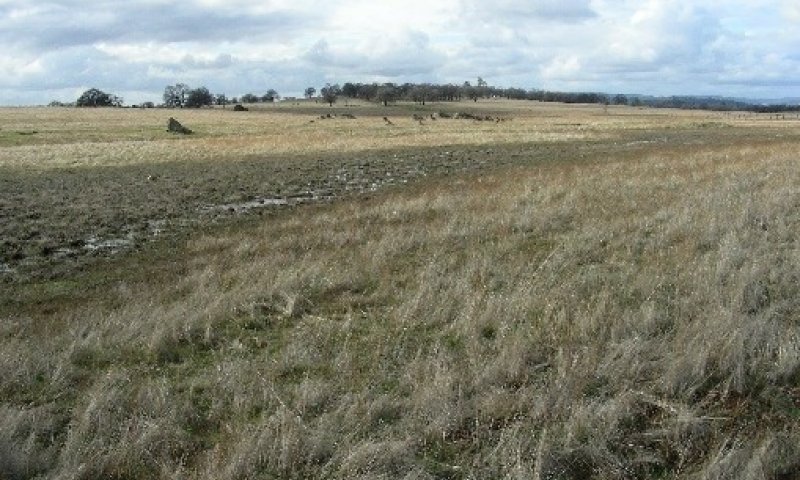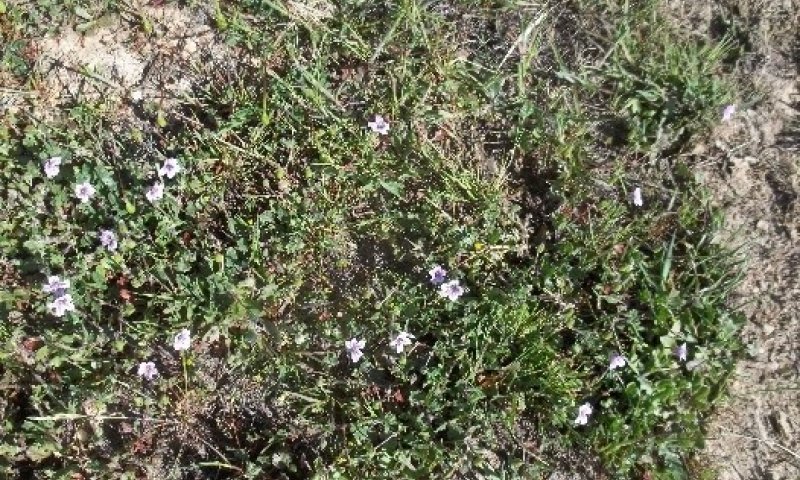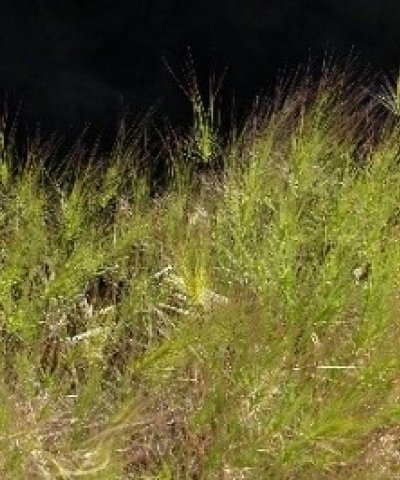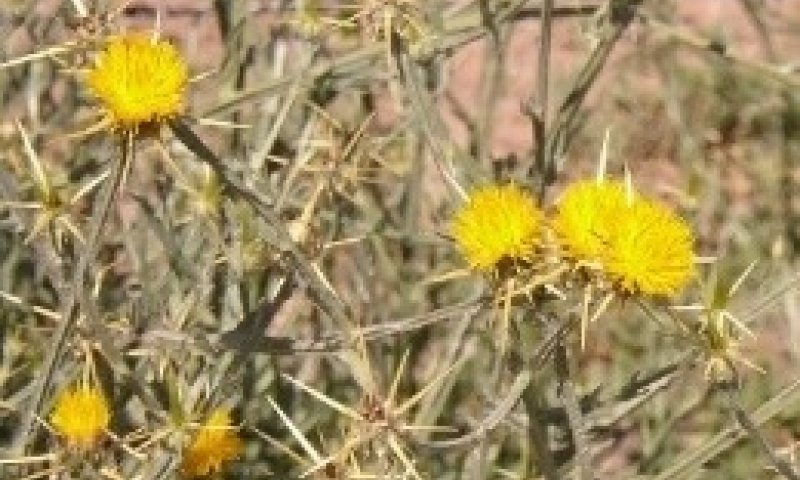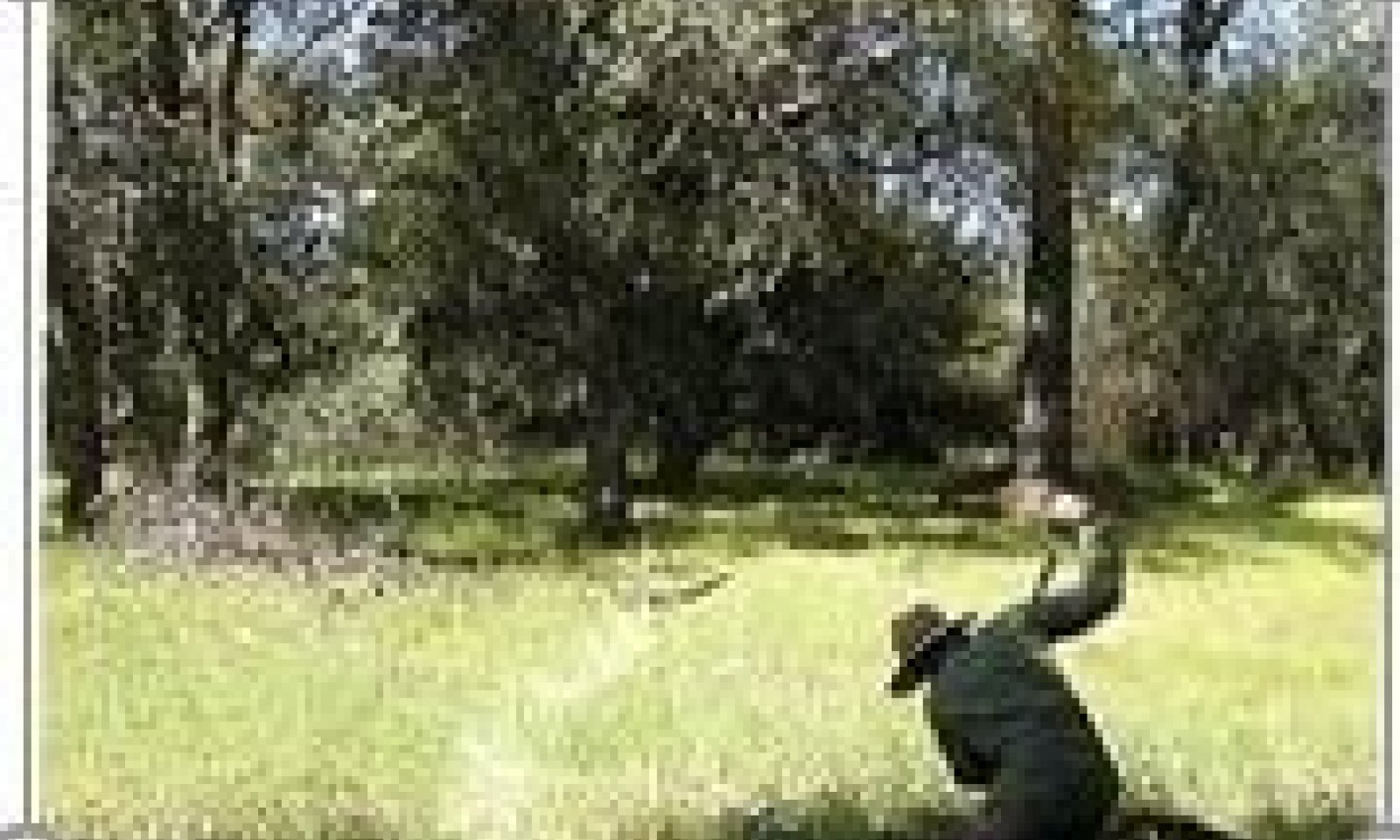

Natural Resources
Conservation Service
Ecological site F018XI208CA
Deep Low Rolling Hills and Terraces
Last updated: 4/24/2024
Accessed: 12/22/2024
General information
Provisional. A provisional ecological site description has undergone quality control and quality assurance review. It contains a working state and transition model and enough information to identify the ecological site.
MLRA notes
Major Land Resource Area (MLRA): 018X–Sierra Nevada Foothills
Major Land Resource Area (MLRA) 18, Sierra Nevada Foothills is located entirely in California and runs north to south adjacent to and down-slope of the west side of the Sierra Nevada Mountains (MLRA 22A). MLRA 18 includes rolling to steep dissected hills and low mountains, with several very steep river valleys. Climate is distinctively Mediterranean (xeric soil moisture regime) with hot, dry summers, and relatively cool, wet winters. Most of the precipitation comes as rain; average annual precipitation ranges from 15 to 55 inches in most of the area (precipitation generally increases with elevation and from south to north). Soil temperature regime is thermic; mean annual air temperature generally ranges between 52 and 64 degrees F. Geology is rather complex in this region; there were several volcanic flow and ashfall events, as well as tectonic uplift, during the past 25 million years that contributed to the current landscape.
LRU notes
This LRU (designated XI) is located on moderate to steep hills in the Sierra Nevada Foothills east of Sacramento, Stockton, and Modesto, CA. Various geologies occur in this region: metavolcanics, granodiorite, slate, marble, argillite, schist and quartzite, as well as ultramafic bands to a limited and localized extent. It includes mesa formations from volcanic flows, where vernal pool habitats occur. Soil temperature regime is thermic and soil moisture regime is xeric. Elevation ranges between 300 and 3400 feet above sea level. Precipitation ranges from 14 to 42 inches annually. Most precipitation falls between the months of November and March in the form of rain. Dominant vegetation includes annual grasslands, blue oak (Quercus douglasii), interior live oak (Quercus wislizeni), chamise (Adenostoma fasciculatum), buckbrush (Ceanothus cuneatus), and foothill pine (Pinus sabiniana).
Classification relationships
CLASSIFICATION RELATIONSHIPS
This site is located within M261F, the Sierra Nevada Foothills Section, (McNab et al., 2007) of the National Hierarchical Framework of Ecological Units (Cleland et al., 1997), M261Fb, the Lower Foothills Metamorphic Belt Subsection.
Level III and Level IV ecoregions systems (Omernik, 1987, and EPA, 2011) are: Level III, Central California Foothills and Coastal Mountains and Level IV, Ecoregion 6b, Northern Sierran Foothills, Ecoregion 6c, Comanche Terraces.
Ecological site concept
This site is characterized by shallow to deep alluvial soils occurring on toeslope and footslope positions on undulating to rolling hillslopes and on ancient stream terraces. Slopes typically range from 1 to 23% with elevation ranging from 200 to 1300 feet. Precipitation typically ranges from 17 to 22 inches per year.
Deep soils and high soil moisture content from the water receiving landscape positions allows for greater production, both woody and herbaceous than the landscape positions where water is more readily lost. Mokelumne and Hicksville soil components are often correlated with this ecological site. Mokelumne soils are moderately deep soils on dissected terraces, hills, sideslopes of terrace remnants and in swales. They are classified as fine, kaolinitic, thermic Typic Haploxerults. Hicksville soils are deep to very deep, moderately well drained soils occurring on low stream terraces and alluvial flats along the eastern edge of the San Joaquin Valley. They are fine-loamy, mixed superactive, thermic Mollic Haploxeralfs.
The vegetation community consists of open blue oak (Quercus douglasii) and interior live oak (Quercus wislizeni) and scattered shrubs such as manzanita (Arctostaphylos spp.), California buckeye (Aesculus californica) and poison oak (Toxicodendron diversilobum). The open structure allow for high production of bromes (Bromus spp.), fillaree (Erodium spp.) and other forbs and grasses. However, production data still needs to be collected on this ecological site.
Table 1. Dominant plant species
| Tree |
(1) Quercus douglasii |
|---|---|
| Shrub |
(1) Toxicodendron diversilobum |
| Herbaceous |
(1) Bromus |
Click on box and path labels to scroll to the respective text.
